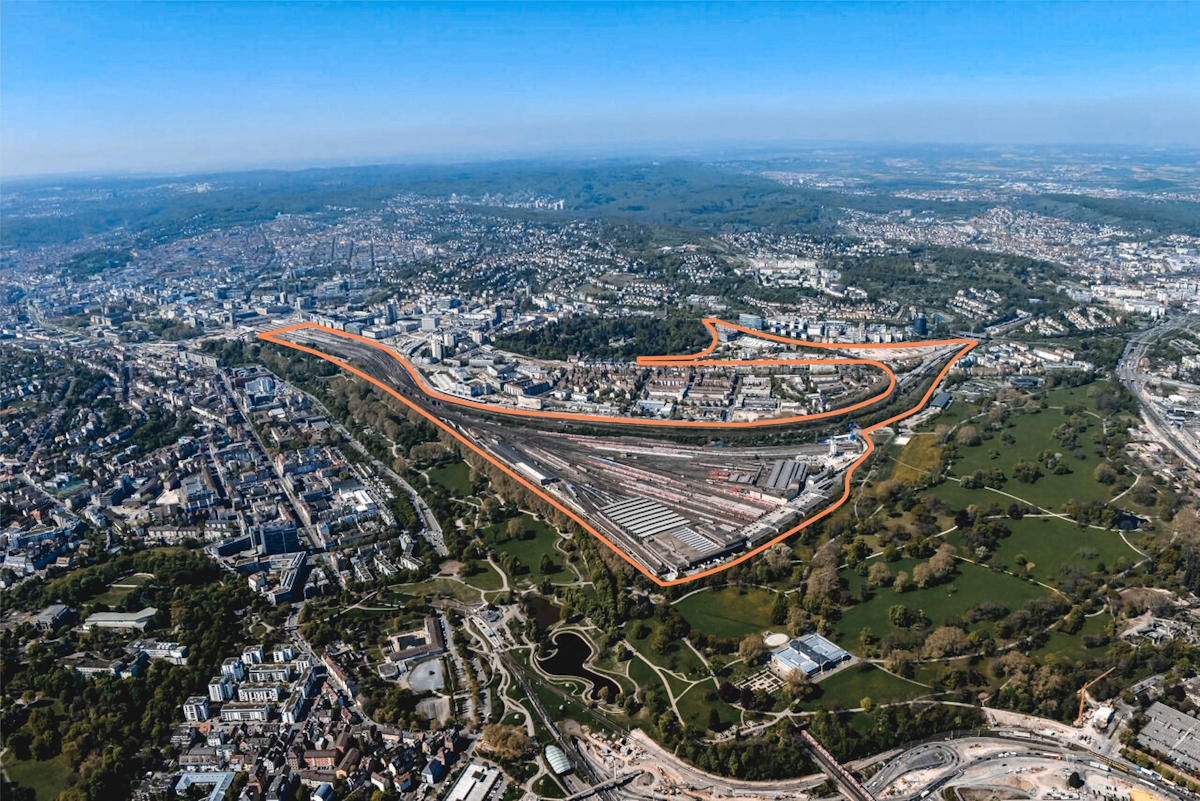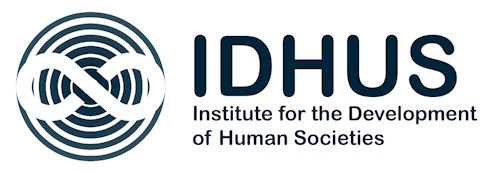The Stuttgart Rosenstein project marks a transformative chapter in the city's urban development agenda. As one of the largest expansion initiatives in Germany in a century, it aims to reshape a central area made available by major railway restructuring. With plans for housing, infrastructure, and cultural facilities, the project is set to redefine Stuttgart’s spatial and economic landscape. The city has now released its initial cost forecasts and timeline, outlining a long-term vision that extends into the 2040s

The city of Stuttgart has taken a significant step forward in its long-term urban development strategy with the unveiling of preliminary cost estimates and timelines for the ambitious Stuttgart Rosenstein project. This large-scale initiative, one of the most transformative in the region’s recent history, aims to redevelop a vast inner-city area freed up by the restructuring of railway infrastructure linked to the Stuttgart 21 project. According to figures presented by the city administration to the Stuttgart 21/Rosenstein committee, the estimated investment required for planning, deconstruction, land development, and basic infrastructure lies between €1.2 billion and €1.6 billion. This financial outlay is expected to be spread over the next ten to twenty years, with the first phases of construction potentially commencing in the early 2030s and full completion anticipated by the beginning of the 2040s.
Stuttgart Rosenstein represents more than a conventional urban development effort—it is a strategic reimagining of the city’s future spatial, social, and economic fabric. Once completed, the new district is projected to accommodate approximately 10,000 residents, thereby matching the population size of established districts such as Hedelfingen or Wangen. The project is considered one of the most extensive urban expansion ventures undertaken in Germany in the past century. It reflects Stuttgart’s broader ambitions to evolve into a model city of sustainable development, socio-economic dynamism, and integrated infrastructure, all while addressing critical challenges such as housing shortages, demographic shifts, and climate adaptation.
Economically, the Stuttgart Rosenstein initiative is expected to generate substantial long-term benefits for the city. The project not only aims to create new residential and commercial zones but also to open up new sources of municipal revenue. According to city projections, once the new district is fully developed and inhabited, it could contribute an additional €35 million annually in tax revenues. These funds would significantly enhance the city’s fiscal capacity and support further public investment. Moreover, the construction phase alone is expected to boost the local economy by stimulating demand in key sectors such as real estate, construction, urban services, environmental engineering, and cultural industries. The project will also promote employment opportunities, support local craftsmanship, and attract innovation-driven enterprises.
In terms of implementation, the city is currently working with external consultants and specialists to establish a comprehensive project timeline. Particular focus is being given to complex preparatory tasks such as the dismantling of existing railway infrastructure, ecological mitigation measures—especially related to species protection—ground rehabilitation, and the logistical coordination required for such a multifaceted development. These efforts are expected to gain momentum following the full operationalization of the new Stuttgart central station, scheduled for mid-2027. Shortly thereafter, initial groundwork for clearance and infrastructure development will begin, paving the way for phased construction activities to start around the early 2030s. Notably, certain subzones—such as sector C2—will remain undeveloped in the interim, as they are essential for ongoing construction logistics and staging operations.
The projected costs were compiled with the support of the consulting firm Drees & Sommer, based on 2024 pricing standards. The current forecast of €1.2 to €1.6 billion encompasses planning services, demolition works, site servicing and infrastructure, ancillary construction costs, and a substantial risk buffer of approximately 33 percent. This premium has been added to account for inflation, potential disruptions, and unforeseen contingencies. In addition to these foundational expenses, the city anticipates further substantial investments will be needed for constructing housing units, educational institutions (such as schools and daycare centers), cultural and social facilities, as well as for preserving and repurposing heritage buildings such as the historic locomotive depot. Since many of these specific developments remain in the early conceptual stages, the city estimates an additional funding requirement of €1.4 to €3.8 billion, bringing the total potential cost envelope to over €5 billion.
One of the earliest zones to undergo redevelopment is subarea C1, located near the Wagenhallen cultural venue. In this sector, initial infrastructure work and ecological protection measures are already underway. The projected cost for these activities is approximately €364 million, inclusive of risk allocations. Given the multi-decade duration of the overall project, the city recognizes the necessity for significant upfront investment. To this end, the municipal administration is actively exploring diverse financing strategies, including the use of public loans, revenue increases, and possibly public-private partnerships to ensure liquidity and continuity over the life cycle of the development.
To effectively manage a project of this scale and complexity, the City of Stuttgart has established a centralized project steering unit responsible for coordinating the technical, environmental, and urban planning dimensions of the initiative. This coordination body plays a critical role in ensuring process transparency, timeline adherence, and interdepartmental collaboration. Digitalization is a core component of the governance model, enabling better integration across municipal services and external stakeholders. Furthermore, specialized external expertise is being integrated through commissioned multi-project management systems, notably for sub-projects such as Maker City—an innovation-focused urban cluster envisioned within the Rosenstein development.
As Stuttgart positions itself for a future of demographic resilience and environmental sustainability, the Rosenstein project stands as a symbol of proactive urban stewardship. The ongoing refinement of cost projections and master planning represents not just technical due diligence, but a broader commitment to responsible public investment, participatory planning, and long-term city-building. In the coming years, as new neighborhoods emerge from what was once industrial and logistical terrain, Stuttgart Rosenstein may well serve as a benchmark for urban redevelopment in Europe.
